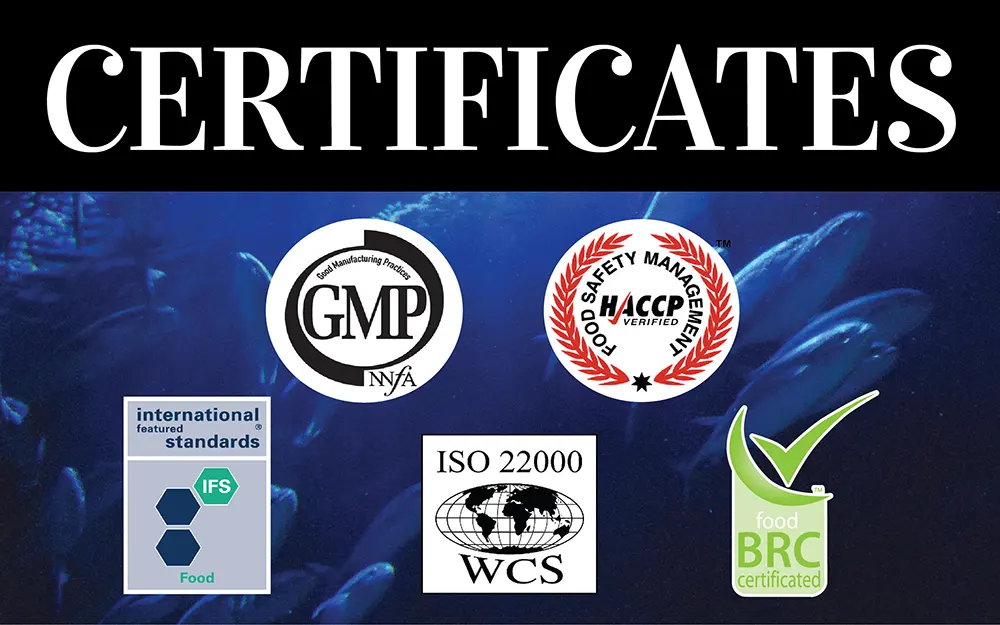Dark days ahead for shrimp supply as EMS ravages Asia : February 15, 2013
Rijuta Dey : Intrafish
EMS has hit Asian shrimp production hard, and with no solution insight, major producers are nervous about the impact it will have on the global supply chain.
Early mortality syndrome, better known as EMS — or Acute Hepatopancreatic Necrosis Syndrome, (AHPNS) as scientist refer to it — has reportedly reached disastrous levels in eastern Thailand.
“Thailand’s production for 2013 is expected to be anywhere between 25 to 35 percent less than 2012,” Jim Gulkin, managing director of Siam Canadian told IntraFish. “That is very significant.”
The drop in Thai shrimp exports to the United States in 2012 is expected to represent the lowest volume sold in nearly 10 years.
“Production problems in shrimp are occurring in China, Vietnam, Thailand and Indonesia due to diseases,” Gulkin said.
“It is not only EMS but other diseases as well, which have been around for some time, but EMS being new is grabbing the headlines.
“The worrying factor of EMS is that up until now, neither the origins nor the causes of the disease are known and therefore there is no known remedy at this time.”
What’s the cause?
It appears that a big part of the problem has been farmers not giving their farms enough time to dry out and detoxify after harvests.
Another factor might be problems with brood stock and postlarvae coming out of the hatcheries that are weak and vulnerable to disease, sources told IntraFish.
Various authorities are advising farmers to let their ponds dry out for several months before seeding the next crop. It is hoped that this can slow the disease.
But this is easier said than done in a scenario when the high value of shrimp makes it worthwhile for farmers to go ahead and re-seed, even immediately after a crop failure.
However, it seems in Thailand the majority of farmers are following this advice and leaving their ponds to dry out, which has led to severe raw material shortage there.
Grim numbers
“Diseases are by far the biggest challenge facing the shrimp industry at this time,” Gulkin said.
He gave the example of Vietnam and Indonesia, both countries hard hit by disease problems, EMS or otherwise.
Vietnam has already experienced two years of severely reduced crops due to diseases, he told IntraFish. China has also experienced two straight years of reduced crops due to disease.
Not surprisingly, as in the case of Thailand, buyers are likely to see shortages from Vietnam and China.
“Indonesia, too, is currently experiencing a shortage due to disease,” Gulkin said. “It’s a little bit hard to tell how much of the current problem disease really is and how much is farmers taking advantage of the shortages elsewhere in Asia.”
It is too early to tell whether there will be supply shortages, said Arianto Yohan, head of production and sales with Indonesia’s largest shrimp producer Central Proteinaprima (CP Prima).
“EMS has not hit Indonesia as far as I know of,” Yohan told IntraFish.
“I heard some parts of Eastern Malaysia (Sarawak) have been affected by EMS.”
Malaysia and Indonesia are separated by the Strait of Malacca.
Market impact
Bualuang Securities, a financial services company in Thailand, said there was a slowdown in farmed shrimp production in Thailand during the fourth quarter of 2012, because between 15 and 20 percent of shrimp farms were affected by the outbreak of EMS.
This will have a negative effect on the shrimp business of Thailand’s Charoen Pokphand Foods (CPF), where shrimp accounts for 12 percent of the company’s total revenues (6 percent from feeds, 4 percent from farming and 2 percent from processed and cooked products).
CP told its shareholders the outbreak situation should ease in the second quarter of 2013. Vietnamese shrimp farming was heavily hit in 2012 when up to 100,766 hectares of ponds were lost to EMS.
According to the Directorate of Fisheries, 45.7 percent of shrimp farms in Vietnam faced EMS. Whitespot and yellowhead viruses also caused problems with Vietnamese production last year.
In January 2013, in Ca Mau, Soc Trang and Bac Lieu provinces, three of the leading shrimp farming provinces in Vietnam’s Mekong Delta, shrimp prices jumped by around $0.48 (€0.36) a kilogram — when processors were not able to find products.
Source:

Contact us : Siam Canadian Group Frozen Seafood Exporter for more formation:
Email: info@siamcanadian.com



